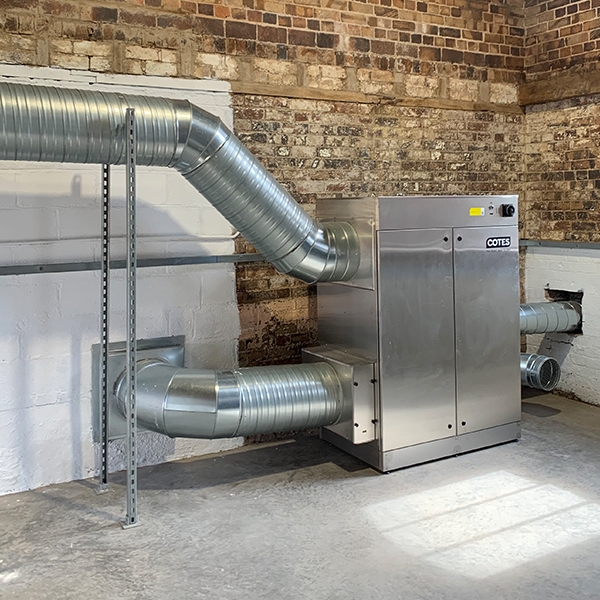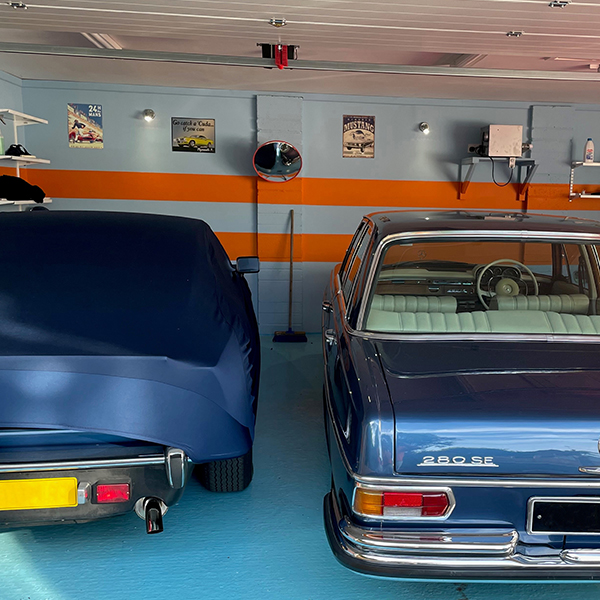When it comes to protecting classic cars, achieving the recommended relative humidity of 50% in the storage environment becomes vital to maintaining the value of your investment. This humidity level strikes the perfect balance, ensuring that leather and rubber components remain undamaged, as a result of an environment that is too dry whilst avoiding problems related to damp air such as rust.



Protecting Classic Cars from Rust
One of the foremost concerns for classic car enthusiasts is rust. If excess moisture is present in the storage area, this will create the ideal environment for rust to develop. However, by maintaining a 50% relative humidity level through dehumidification, you create an environment that significantly reduces the risk of rust forming, offering peace of mind to every car owner.
Mould Prevention
Humid air is a catalyst for mould growth, a menace that can plague both the interior and exterior of your classic car. Dehumidification within the storage area will remove the excess moisture, ensuring that rust is unable to grow on your vehicle.
Leather Preservation
Classic cars are renowned for their pristine leather interiors. However, even the finest leather can lose its shine and structural integrity when exposed to incorrect humidity levels. Dehumidification effectively stops condensation build up on leather surfaces, allowing them to retain their colour and strength.
Preventing Faulty Electrics and Fluid Loss in Classic Cars
Beyond preventing electrical faults, dehumidification plays a pivotal role in preserving key electrical components. It acts as protection against moisture ingress, safeguarding your car critical systems. Additionally, it ensures that essential rubber pipework remains in optimal condition. This reduces the risk of leaks and fluid loss that could otherwise compromise the reliability and integrity of your vehicle.
Achieving a relative humidity level of 50% in your classic car storage area is not just a preference; it’s a necessity. This will maintain the value of your classic car. It’s the key to unlocking a host of benefits that protect your vehicle from rust, mould, electrical faults, leather degradation, and fluid loss. By embracing proper humidity control, you preserve the classic car’s beauty and functionality and maintain its value in the market.
At Humidity Solutions, we offer a variety of market humidity control systems for car storage facilities. From large-scale facilities, to small residential garages, we have extensive experience in the car storage market, such as our work with Leavenhalls Classic & Prestige. If you would like more information, get in touch with us by emailing info@humiditysolutions.co.uk or call 01372 571200.



